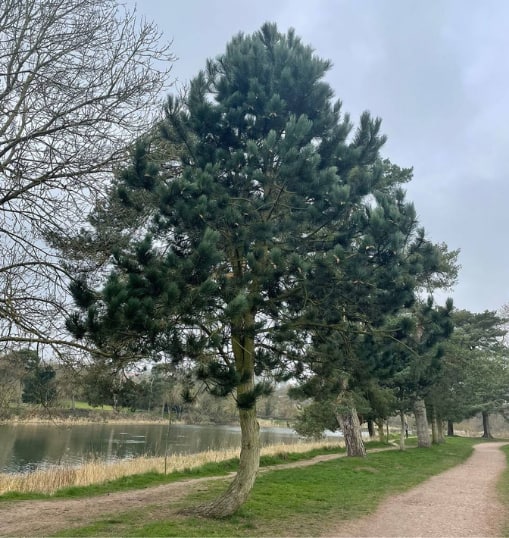
Introduction: Trees are not only essential for our environment but can also serve as natural works of art in our landscapes. One remarkable way to harness their beauty and transform them into living sculptures is through topiary and tree sculpting. In this blog post, we’ll explore the fascinating world of pruning trees for artistic shapes, creating living masterpieces that captivate the imagination.
The Art of Topiary: Shaping Nature with Precision: Topiary is an ancient horticultural practice that involves meticulously pruning and shaping trees and shrubs into defined ornamental forms. The precision required for topiary demands skill and patience, but the results are enchanting. Common topiary shapes include spheres, cones, spirals, and animal figures. It’s a creative way to bring a touch of whimsy and elegance to gardens and parks.
Sculpting Trees: Merging Art and Nature: Tree sculpting takes the art of pruning to a whole new level. It involves crafting intricate and sometimes intricate designs directly onto the tree’s trunk and branches. Tree sculptures can take various forms, from abstract patterns to realistic depictions of animals, people, or objects. The artist’s imagination knows no bounds when it comes to sculpting trees.
The Pruning Process: Precision and Patience: Both topiary and tree sculpting require meticulous pruning techniques. Skilled arborists and tree surgeons carefully remove excess growth, shaping the tree according to the intended design. This process is a delicate balance between artistic vision and horticultural expertise. It may take years for the tree to fully develop into the desired shape, emphasising the need for patience in this art form.
Choosing the Right Species: The right tree species is crucial for successful topiary and tree sculpting. Some trees are naturally more suitable for shaping due to their growth habits, while others may be challenging but rewarding. Common species used in topiary include boxwood, yew, and privet. For tree sculpting, trees with smooth, sturdy bark like beech or hornbeam are often preferred.
Maintenance and Care: Maintaining topiary and tree sculptures is an ongoing commitment. Regular pruning and shaping are essential to preserve the design’s integrity. Proper care, including fertilisation, pest control, and irrigation, ensures the tree remains healthy and vibrant while showcasing its artistic form.
Inspiration and Creativity: Topiary and tree sculpting allow for boundless creativity and expression. Many artists and garden enthusiasts find inspiration in the natural world and transform their visions into living works of art. These living sculptures become focal points in gardens, parks, and public spaces, inspiring awe and admiration.
Conclusion: Pruning trees for artistic shapes, whether through topiary or tree sculpting, is a unique and captivating way to merge the worlds of art and nature. These living masterpieces breathe life into our surroundings, transforming trees into expressions of creativity and imagination. Whether you’re an aspiring tree artist or simply an admirer of beauty, exploring the art of shaping trees is a journey worth taking to experience the enchanting fusion of artistry and nature.
Call us on: 01324 468 327
Click here to find out more about Falkirk Tree Surgeons
Click here to complete our contact form and see how we can help with your tree’s needs.